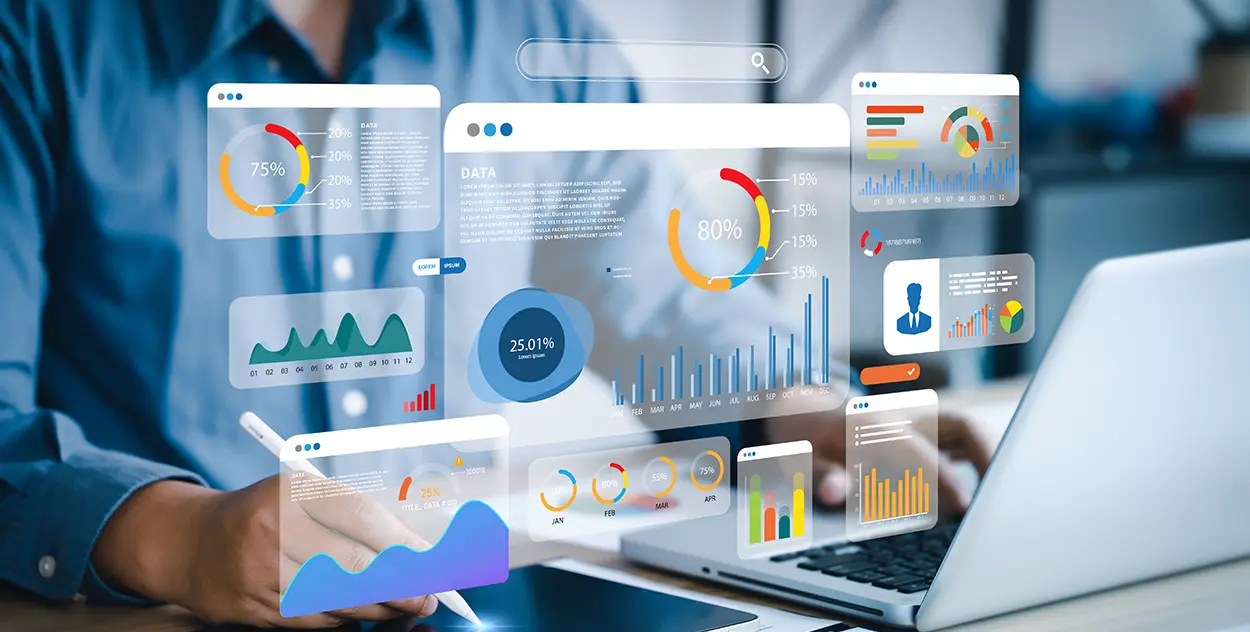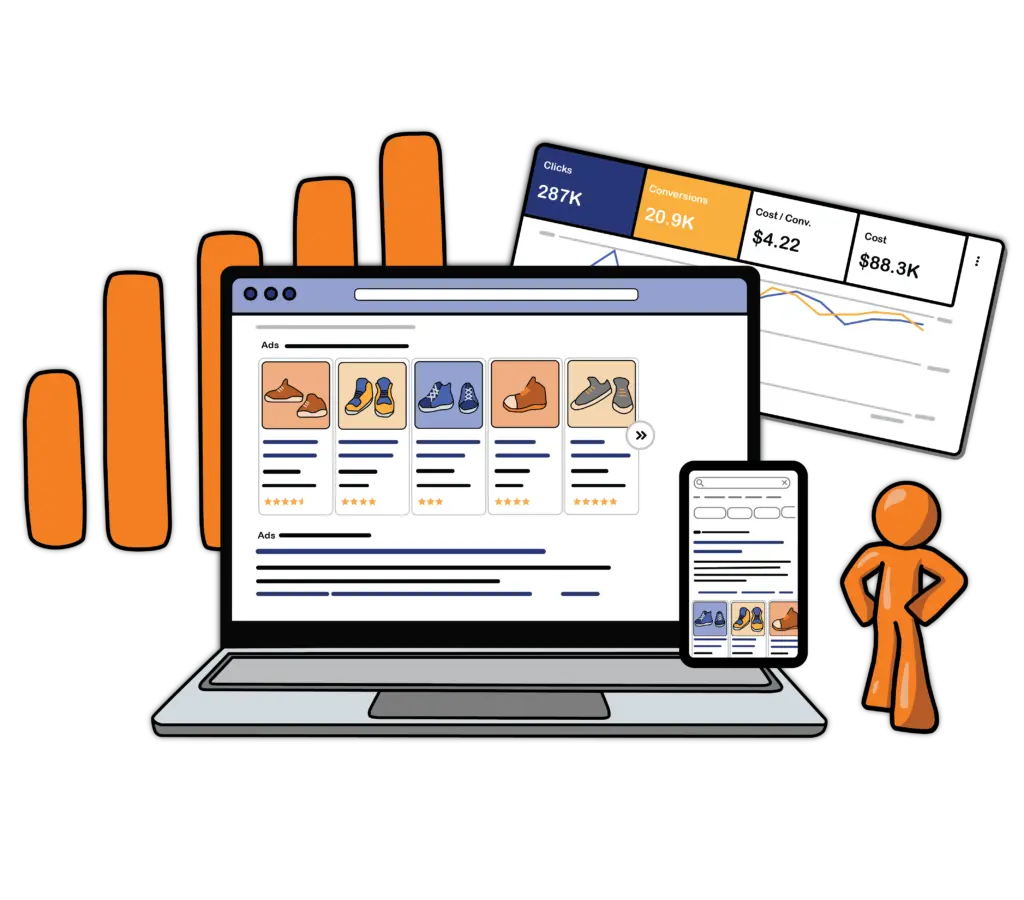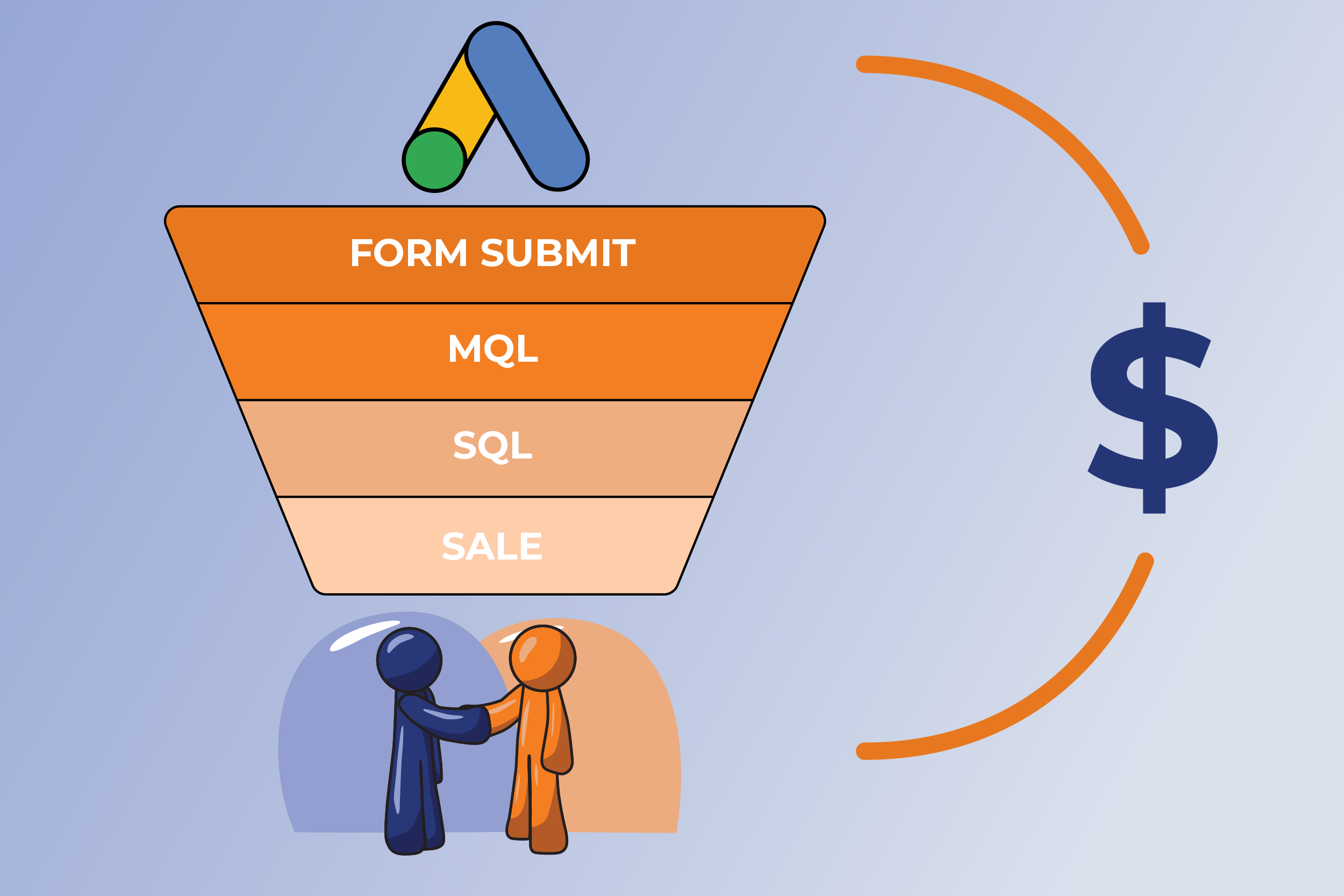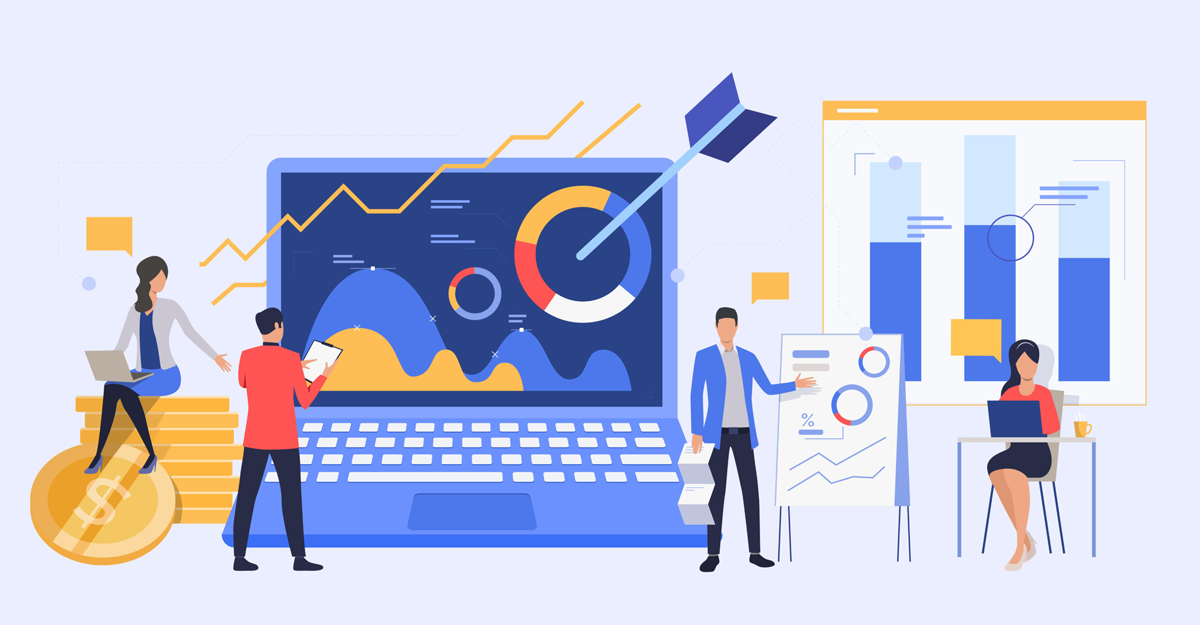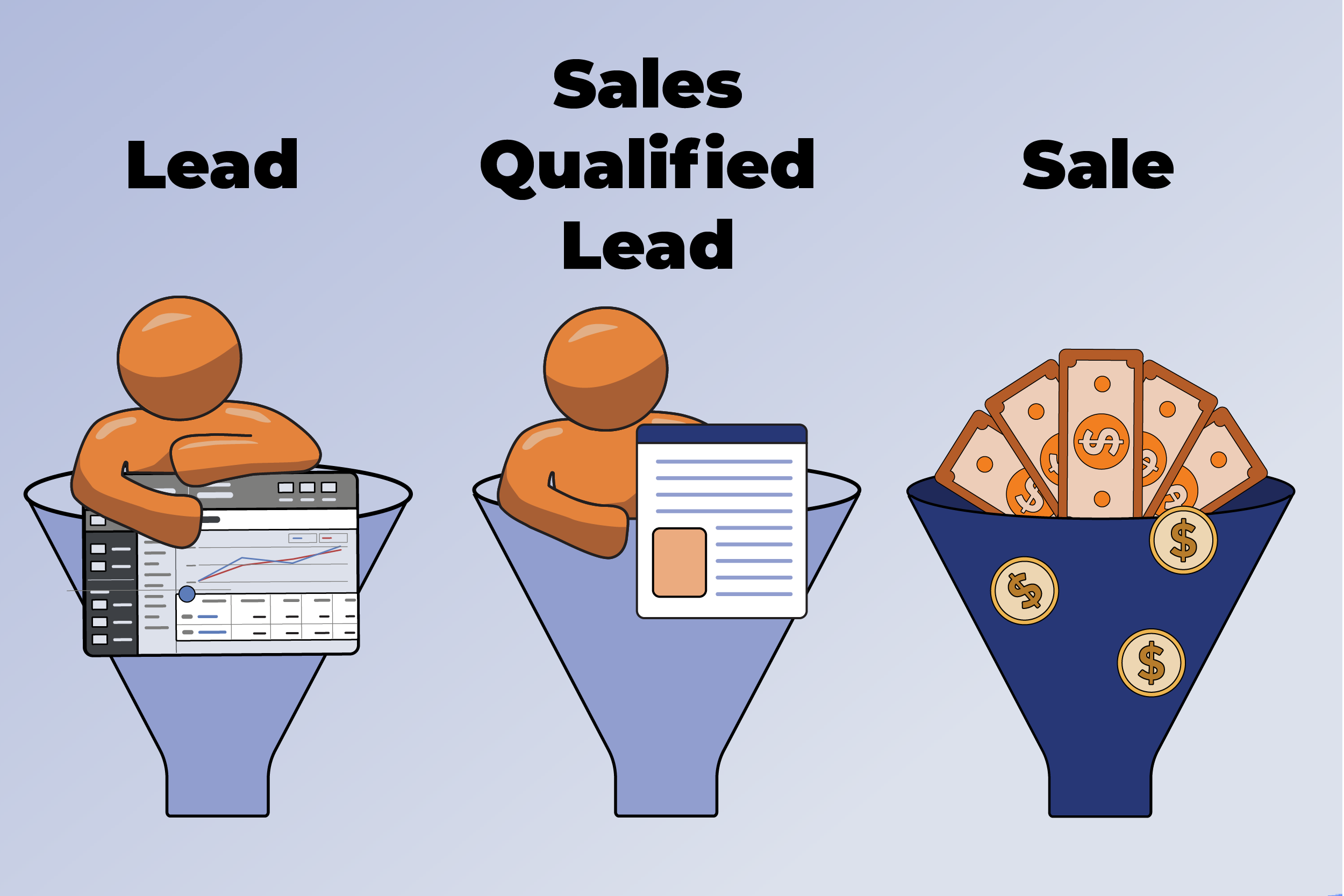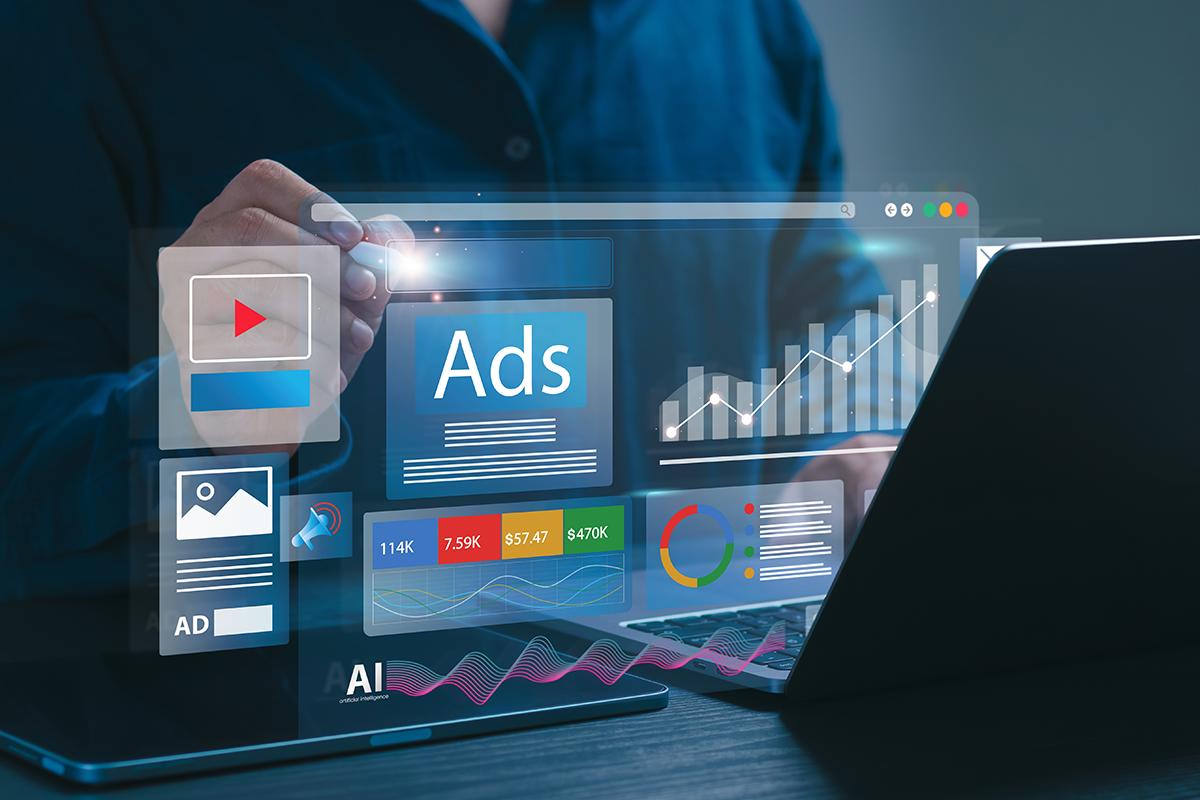In today’s fast-paced digital landscape, standing out is more crucial than ever. Brands are not just competing for attention; they’re vying for meaningful connections with their audience. This is where a Chicago social media marketing agency shines, offering innovative strategies tailored to your unique brand voice. Imagine transforming your online presence into a vibrant community of engaged followers, all eager to share your message. With the right expertise, your brand can unlock pathways to unprecedented growth, leveraging platforms like Instagram, Facebook, and Twitter not just for visibility but for genuine interaction. The dynamic and diverse Chicago market serves as a perfect backdrop for creative social campaigns that resonate. It’s time to stop blending in and start making waves. Discover how partnering with a skilled agency can elevate your brand from the shadows to the spotlight, turning social media platforms into powerful tools for brand transformation and success. Let’s delve into the strategies that can redefine your brand narrative and captivate your audience.
The Role of a Social Media Marketing Agency
In an era where digital presence is synonymous with brand identity, social media marketing agencies have emerged as pivotal players in the business ecosystem. These agencies specialize in crafting tailored strategies that not only boost visibility but also foster meaningful engagement with target audiences. At their core, social media marketing agencies are dedicated to understanding the nuances of various platforms and leveraging them to amplify a brand’s message. They bring a wealth of expertise in content creation, audience analysis, and trend forecasting, ensuring that brands remain relevant in an ever-evolving digital landscape.
Moreover, a social media marketing agency serves as a bridge between a brand and its audience, transforming passive followers into active brand advocates. They employ data-driven strategies to identify what resonates with the audience and optimize campaigns accordingly. This involves a meticulous process of monitoring social media metrics, analyzing user behavior, and adjusting content strategies to maximize engagement. By doing so, agencies not only enhance a brand’s online presence but also drive tangible business outcomes such as increased website traffic, higher conversion rates, and improved customer loyalty.
In addition to strategy and execution, social media marketing agencies provide invaluable insights and analytics that empower brands to make informed decisions. They utilize advanced tools and technologies to track campaign performance, measure ROI, and identify areas for improvement. This analytical approach ensures that marketing efforts are efficient and effective, ultimately leading to sustained growth and success. By partnering with a social media marketing agency, brands can navigate the complexities of the digital world with confidence and precision, unlocking new opportunities for engagement and expansion.
Why Choose a Chicago-Based Agency?
Chicago, known for its rich cultural diversity and vibrant business environment, offers a unique advantage for brands seeking to elevate their social media presence. Choosing a Chicago-based social media marketing agency means gaining access to a creative hub that thrives on innovation and collaboration. The city’s dynamic market provides a fertile ground for imaginative campaigns that resonate with a diverse audience, making it an ideal location for brands aiming to make a significant impact.
One of the key benefits of working with a Chicago-based agency is their deep understanding of the local market. These agencies possess an intimate knowledge of the city’s demographic landscape, cultural trends, and consumer behavior. This localized expertise enables them to craft highly targeted campaigns that speak directly to the heart of the Chicago audience. Whether it’s tapping into the city’s sports fervor, culinary scene, or artistic community, a Chicago-based agency can infuse your brand’s message with local flavor, making it more relatable and engaging.
Furthermore, Chicago’s social media marketing agencies are known for their collaborative approach and strong industry connections. The city is home to a thriving network of creative professionals, from graphic designers and content creators to influencers and videographers. By partnering with a Chicago-based agency, brands can leverage this extensive network to produce high-quality, multifaceted campaigns. This collaborative spirit, combined with the city’s innovative mindset, ensures that your brand’s social media strategy is not only effective but also cutting-edge and memorable.
Key Services Offered by Chicago Social Media Marketing Agencies
Chicago social media marketing agencies offer a comprehensive suite of services designed to elevate your brand’s digital presence. One of the cornerstone services provided is content creation and curation. These agencies have teams of skilled writers, designers, and videographers who specialize in producing engaging and visually appealing content tailored to your brand’s voice and audience. From captivating blog posts and eye-catching graphics to compelling videos and interactive stories, they ensure that your content stands out in the crowded social media landscape.
Another critical service is social media management. This involves the day-to-day handling of your social media accounts, including posting updates, responding to comments, and engaging with followers. Chicago agencies employ sophisticated scheduling tools and strategies to maintain a consistent and active online presence. They also monitor social media trends and conversations, enabling them to capitalize on timely opportunities and keep your brand relevant. By managing your social media accounts efficiently, these agencies help build a loyal and engaged community around your brand.
In addition to content creation and management, Chicago social media marketing agencies offer robust analytics and reporting services. They utilize advanced analytics tools to track the performance of your social media campaigns, providing detailed insights into metrics such as engagement rates, click-through rates, and audience demographics. These insights allow them to refine and optimize your strategies for better results. Furthermore, they present these findings in comprehensive reports, making it easy for you to understand the impact of your social media efforts and make informed decisions for future campaigns.
Case Studies: Success Stories from Chicago Brands
Several Chicago-based brands have experienced remarkable transformations through strategic partnerships with social media marketing agencies. One notable example is a local boutique that leveraged Instagram to boost its sales and brand awareness. By collaborating with a Chicago agency, the boutique implemented a visually cohesive Instagram feed, featuring high-quality images and engaging captions. The agency also orchestrated influencer collaborations and social media contests, significantly increasing the boutique’s follower count and driving foot traffic to the store. This comprehensive strategy resulted in a substantial increase in both online and offline sales.
Another success story involves a Chicago-based restaurant chain that revitalized its brand through innovative social media campaigns. The agency they partnered with focused on creating mouth-watering content that highlighted the restaurant’s unique dishes and culinary experiences. Utilizing platforms like Facebook and Instagram, the agency ran targeted ads, promoted special offers, and engaged with customers through interactive posts. The result was a surge in online reservations, increased customer loyalty, and widespread recognition within the local dining scene. This case underscores the impact of a well-executed social media strategy on brand growth and customer engagement.
A tech startup in Chicago also witnessed tremendous growth by harnessing the power of social media marketing. The agency they worked with developed a comprehensive LinkedIn strategy to position the startup as an industry thought leader. Through a series of informative articles, engaging posts, and virtual events, the agency helped the startup build a strong professional network and attract potential investors. This strategic approach not only enhanced the startup’s brand credibility but also facilitated valuable business connections and opportunities for expansion. These success stories highlight the transformative potential of social media marketing for brands across various industries.
The Importance of Local Targeting in Social Media
Local targeting is a crucial aspect of social media marketing, especially for brands operating in specific geographic regions like Chicago. By focusing on local audiences, brands can create more relevant and personalized content that resonates with the community. This localized approach enhances engagement and fosters a stronger connection with the audience. For instance, a Chicago-based brand can leverage local events, cultural references, and community interests to craft messages that are more relatable and impactful.
Chicago social media marketing agencies excel in local targeting by utilizing advanced geo-targeting tools and strategies. These tools allow them to segment audiences based on location, ensuring that your content reaches the right people at the right time. For example, a local coffee shop can target ads to users within a specific radius, promoting special offers or events to nearby customers. This precise targeting not only increases the likelihood of engagement but also drives foot traffic and sales. By understanding the local landscape, agencies can tailor campaigns that effectively address the unique needs and preferences of the community.
Moreover, local targeting enables brands to build a loyal customer base and foster a sense of community. Social media platforms provide an opportunity for brands to interact with customers on a personal level, addressing their concerns, responding to feedback, and acknowledging their support. This two-way communication helps build trust and credibility, making customers feel valued and appreciated. By prioritizing local targeting, brands can create a strong and loyal following that advocates for them within the community, amplifying their reach and influence.
How to Evaluate a Social Media Marketing Agency
Choosing the right social media marketing agency is a critical decision that can significantly impact your brand’s success. To evaluate a potential agency, start by examining their portfolio and case studies. A reputable agency will have a proven track record of successful campaigns across various industries. Look for examples that align with your brand’s goals and objectives, and assess the creativity, quality, and results of their work. This will give you a clear understanding of the agency’s capabilities and expertise.
Next, consider the agency’s approach to strategy and collaboration. A good social media marketing agency should take the time to understand your brand, audience, and business objectives. They should be able to articulate a clear and customized strategy that aligns with your goals. Additionally, evaluate their communication and collaboration style. Effective communication is key to a successful partnership, so ensure that the agency is responsive, transparent, and willing to work closely with your team. A collaborative approach ensures that your brand’s vision and voice are accurately represented in the campaigns.
Lastly, assess the agency’s analytical and reporting capabilities. A data-driven approach is essential for optimizing social media efforts and achieving desired outcomes. Inquire about the tools and methodologies the agency uses to track and measure campaign performance. They should provide comprehensive reports that offer insights into key metrics and actionable recommendations for improvement. By evaluating these aspects, you can make an informed decision and choose a social media marketing agency that will effectively elevate your brand.
Tips for Collaborating with Your Marketing Agency
Effective collaboration with your social media marketing agency is essential for achieving your brand’s goals. Start by establishing clear communication channels and expectations. Regular meetings, progress updates, and open lines of communication ensure that both parties are aligned and working towards the same objectives. It’s important to provide your agency with comprehensive information about your brand, including your target audience, brand voice, and key messages. This enables the agency to create content and strategies that accurately reflect your brand’s identity.
Another crucial aspect of collaboration is trust. Trust your agency’s expertise and give them the creative freedom to develop innovative campaigns. While it’s important to provide guidance and feedback, micromanaging can stifle creativity and hinder the effectiveness of the campaigns. Instead, focus on providing constructive feedback that helps refine and improve the strategies. A collaborative and trusting relationship fosters a positive working environment and encourages the agency to deliver their best work.
Lastly, be open to experimentation and adaptation. The digital landscape is constantly evolving, and what works today may not work tomorrow. Encourage your agency to test new ideas and approaches, and be willing to adapt based on the results. By embracing a flexible and iterative approach, you can continuously refine your strategies and stay ahead of the competition. Effective collaboration with your social media marketing agency can unlock new opportunities for growth and success, ensuring that your brand remains relevant and engaging in the ever-changing digital world.
The Future of Your Brand with Social Media Marketing
The future of your brand is intrinsically linked to your ability to navigate and leverage the dynamic world of social media marketing. Partnering with a Chicago social media marketing agency offers unparalleled advantages, from localized expertise and innovative strategies to comprehensive analytics and robust content creation. By harnessing the power of social media, your brand can transcend traditional marketing boundaries, forging authentic connections with your audience and driving meaningful engagement.
As we look ahead to 2023 and beyond, staying attuned to emerging trends and adapting to the evolving digital landscape will be crucial. Embracing short-form video content, augmented reality, and social commerce can position your brand at the forefront of social media innovation. Moreover, effective collaboration with your marketing agency, built on trust and open communication, will ensure that your strategies are not only creative but also aligned with your brand’s vision and goals.
Ultimately, the success of your brand in the digital age hinges on your ability to create and nurture a vibrant online community. By partnering with a skilled Chicago social media marketing agency, you can transform your brand’s social media presence, turning platforms like Instagram, Facebook, and Twitter into powerful tools for growth and success. The journey to unlocking your brand’s full potential begins with a strategic and collaborative approach to social media marketing. Embrace the opportunities, stay ahead of the trends, and watch your brand thrive in the ever-expanding digital landscape.
